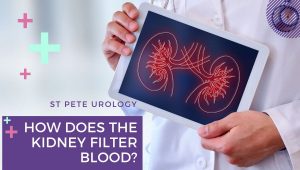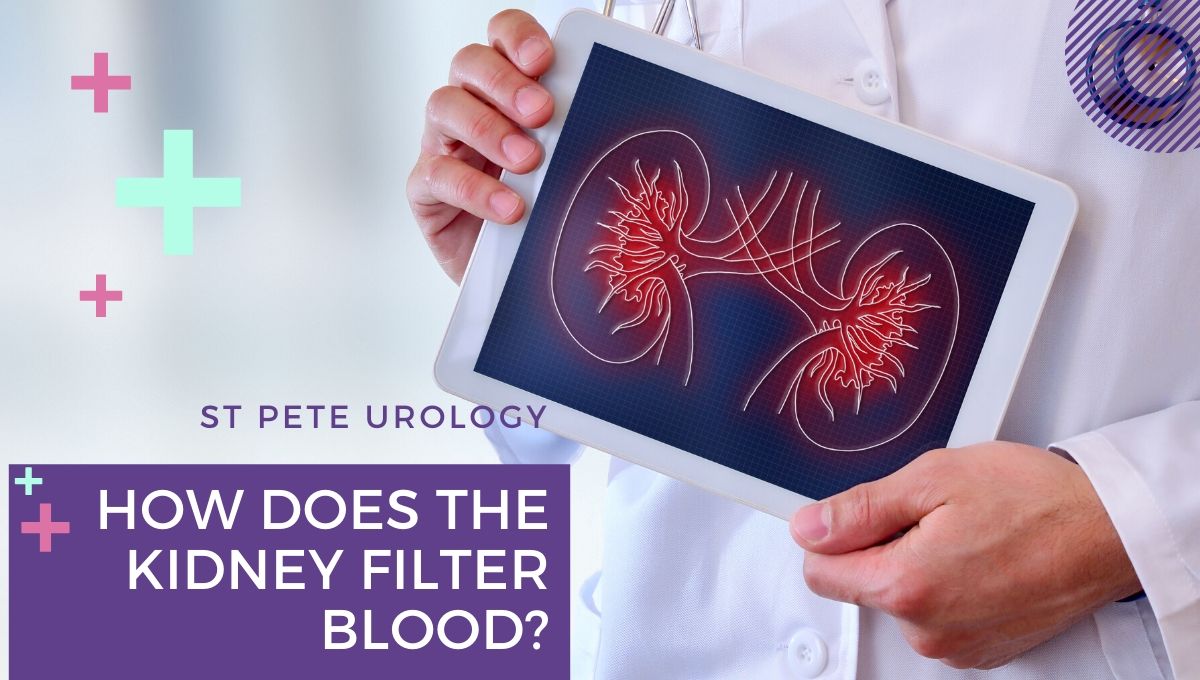You have a role in preventing kidney stones. By being cautious with what you eat and drink you can manage to stay free of the stones. One of the easiest ways to prevent kidney stones is to drink plenty of liquid, mainly water. In fact, unless you have trouble with your kidneys, drinking six to eight 8-ounce glasses of water every day is a proven way to prevent stones. Talk with your doctor about the quantity of liquid you should drink and begin right away. Another way to prevent kidney stones is to lose weight since being overweight increases the risk of the stones. Have your meals planned by a dietician and take the necessary steps to lose excess weight.
What if you have already had kidney stones?
You will need to talk to your doctor to find out which type of kidney stones you had. Depending on the type of stone, you’ll need to change your diet to prevent the recurrence of similar stones in the future. The most common types of kidney stones are calcium oxalate stones, calcium phosphate stones, uric acid stones and cystine stones. You can prevent them by making certain changes in how much calcium, oxalate, sodium and animal protein are in the foods you eat. Working with a dietician who is an expert in kidney stone management and prevention can help you greatly.
1. Dietary steps to prevent calcium oxalate stones
If you’ve had calcium oxalate stones, then you’ll need to reduce the amount of sodium, oxalate and animal protein in your diet while keeping your calcium consumption optimum. Speak with your doctor and also with a dietician about the food sources to avoid and how much of oxalate, sodium, calcium and animal protein you should take.
To reduce the amount of oxalate in your urine, avoid the following foods:
- a. Spinach
- b. Wheat bran
- c. Nuts and nut products
- d. Peanuts — which are legumes, but are rich in oxalate.
- e. Rhubarb
To reduce the amount of sodium in your diet:
- a. Reduce your salt intake
- b. Avoid packaged, canned and fast foods, which often contain sodium
- c. Avoid food condiments, seasonings and meats, which are often rich in sodium
To limit the amount of animal protein you eat, reduce the following in your diet:
- a. Eggs
- b. Chicken, beef, pork, particularly organ meats
- c. Milk, cheese, and the other dairy products
- d. Shellfish and fish
Remember, you’ll still need to get enough protein even as you limit the amount of animal protein. Just replace the meat and animal protein with other protein sources such as dried peas, lentils, white beans, which are plant-based and low in oxalate. Your doctor and dietician can guide you on the total protein you should eat and what portion of the protein should come from animal or plant-based sources.
Optimal calcium
To prevent calcium oxalate stones, you need to have enough calcium in your diet. While you may assume that increased calcium would increase your risk of kidney stones, that’s not true. Actually, in the right quantities, calcium combines with other substances in your digestive tract and prevents stone formation. You should check with your doctor about how much calcium you need to prevent a recurrence of calcium oxalate stones and to develop strong bones. Also find out from your dietician the best food sources of calcium for you. It’s often recommended that calcium be obtained from low-oxalate, plant-based sources like cereals, calcium-fortified juices, breads, some types of beans and some types of vegetables.
2. Dietary steps to prevent calcium phosphate stones
Just like calcium oxalate stones, the prevention of calcium phosphate stones requires that you reduce the amount of sodium and animal protein in your diet while ensuring that you get enough calcium. Talk to your doctor about the dietary changes you should make. A dietician who is expert in kidney stones can help you with exactly how much sodium, calcium and animal protein to include in your diet.
To reduce the amount of sodium in your diet:
- a. Reduce your salt intake
- b. Avoid packaged, canned and fast foods, which often contain sodium
- c. Avoid food condiments, seasonings and meats, which are often rich in sodium
To limit the amount of animal protein you eat, reduce the following in your diet:
- a. Eggs
- b. Chicken, beef, pork, particularly organ meats
- c. Milk, cheese, and the other dairy products
- c. Shellfish and fish
Consider replacing the above sources of animal protein with plant-based ones such as:
- a. Soy foods, like tofu, soy nut butter and soy milk
- b. Legumes, such as dried peas, lentils, beans and peanuts
- c. Sunflower seeds
- d. Nuts and nut products, like cashews, cashew butter, almond butter, almonds, pistachios and walnuts.
Talk to your doctor and dietician about the total quantity of protein to eat and how much should be from animal foods or plant-based sources.
Optimal calcium
To prevent calcium phosphate stones, you’ll also need enough calcium in your diet. While it may seem that having calcium in your diet may cause calcium stones, taking the right amount of calcium helps eliminate various substances responsible for stone formation from your digestive tract. So talk to your doctor to find out how much calcium would help you maintain strong bones and prevent calcium phosphate stones. Also ask your doctor or dietician about the appropriate food sources for calcium. Getting calcium from plant-based sources such as cereals, breads, calcium-fortified juices, some types of beans and some types of vegetables will help you prevent the stone formation.
3. Dietary steps to prevent uric acid stones
For uric acid stones, increased intake of animal protein will increase your risk of developing the stones. The animal proteins to limit in your diet include:
- a. Eggs
- b. Chicken, beef, pork, especially organ meats
- c. Shellfish and fish
- d. Cheese, milk, and the other dairy products
In order to ensure that you get enough protein every day, replace the animal proteins with plant-based ones such as:
- a. Legumes like beans, lentils, dried peas and peanuts
- b. Soy foods like tofu, soy nut butter, soy milk
- c. Sunflower seeds
- d. Nuts and nut products like cashews, cashew butter, pistachios, walnuts, almonds, and almond butter
Speak with your doctor about how much total protein you should include in your diet every day and how much of that should come from plant-based or animal-based sources.
For uric acid stones, being overweight is also a major risk factor. So consider losing weight to prevent a recurrence of the stones.
4. Dietary steps to prevent cystine stones
The most important lifestyle change you’ll need to make to prevent cystine stones is drinking plenty of liquids, mainly water. Speak with your doctor about how much water you should drink, especially if you’ve had kidney failure.
Tips for limiting the amount of sodium in your diet
Most Americans take in too much sodium which increases their risk of kidney stones. An adult should consume not more than 2,300 mg of sodium a day — remember that one teaspoonful of table salt contains 2,325 mg of sodium. To prevent a recurrence of calcium phosphate or calcium oxalate stones, use the following guideline to limit the amount of sodium you consume:
- a. Check the Percentage Daily Value (%DV) of sodium on the label of the food products you buy. A %DV of 20 percent or more is high while a %DV of 5 percent or less is low.
- b. Write down the quantity of sodium you consume every day.
- c. Always try to find out the sodium content of the food you eat.
- d. Cook your meals from scratch — avoid canned vegetables and soups, fast and processed foods and lunch meats as they often contain a lot of sodium.
- e. Buy foods labeled: salt free, sodium free, low sodium, very low sodium, light in sodium, less or reduced sodium, unsalted, no salt added, or lightly salted.
- f. Check food labels for hidden sodium and sodium-rich ingredients such as sodium nitrate, sodium nitrite, sodium alginate, monosodium glutamate (MSG), disodium phosphate, sodium bicarbonate, and baking soda (contains sodium bicarbonate and other chemicals).
Looking for more information on prevention and treatment of kidney stones? At St Pete Urology, we treat ureteral and kidney stones as safely, painlessly and effectively as possible. We also equip our patients with the information they need to prevent the recurrence of the stones. Talk with us about your symptoms, fears or concerns and we can help find the best plan for you. For more information, visit the “St Pete Urology” site.




